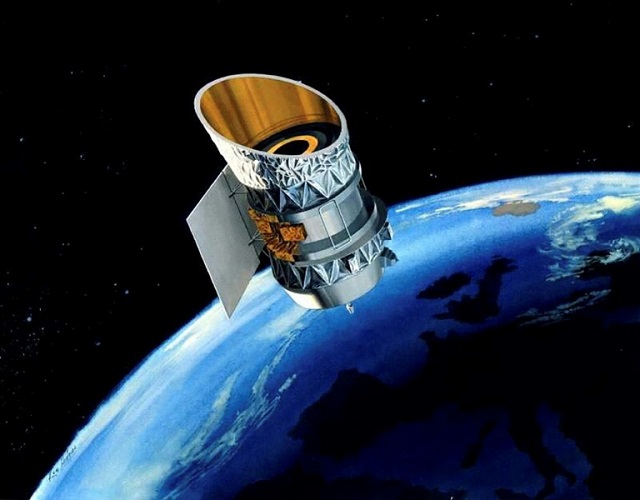
The satellites -- a pioneering international space telescope and an experimental US craft traveling in opposing orbits -- "crossed paths without incident," a spokesman for US Space Command told AFP.
The crossover took place at 2339 GMT about 900 kilometers above the US city of Pittsburgh and came after experts had placed the risk of impact at between one and five percent, considered high in the space community.
NASA’s probe soaring near sun reveals surprises about solar wind
Crashes involving large satellites at very high speeds (known as hypervelocity) are rare and dangerous, generating clouds of debris that endanger spacecraft around the planet.
The first time it happened was in 2009 when the active communication satellite Iridium 33 struck the decommissioned Russian satellite Cosmos 2251, resulting in a debris field of about 1,000 large objects in low Earth orbit.
The Infrared Astronomical Satellites (IRAS) space telescope was launched in 1983 as a joint project of NASA, Britain and the Netherlands, and its mission lasted only 10 months.
Low-cost Moon mission puts India among lunar pioneers
It weighs one tonne (ton), according to data provided by the European Space Agency and is about the size of a truck with measurements of around four meters by three meters by two meters (12 feet by 11 feet by seven feet).
The experimental US satellite, GGSE-4, was launched by the US Air Force in 1967 and weighs just 85 kilograms but has an unusual shape -- just two feet wide but 60 feet long, and it flies vertically.
If they had hit, they could have created around a thousand pieces of debris larger than 10 centimeters, and more than 12,000 fragments bigger than one centimeter, astrodynamicist Dan Oltrogge told AFP.
There are around 20,000 catalogued pieces of debris bigger than a softball orbiting the planet, traveling at speeds up to 17,500 miles (28,000 kilometers) per hour, and satellite operators have to frequently adjust their trajectory accordingly, which isn't possible once a satellite dies.

1726728390-0/BeFunky-collage-(7)1726728390-0-165x106.webp)
1728297472-0/Fousey-(1)1728297472-0-165x106.webp)

1730806672-0/diddy-(37)1730806672-0-165x106.webp)


1731652244-0/apple-(6)1731652244-0-270x192.webp)









COMMENTS
Comments are moderated and generally will be posted if they are on-topic and not abusive.
For more information, please see our Comments FAQ